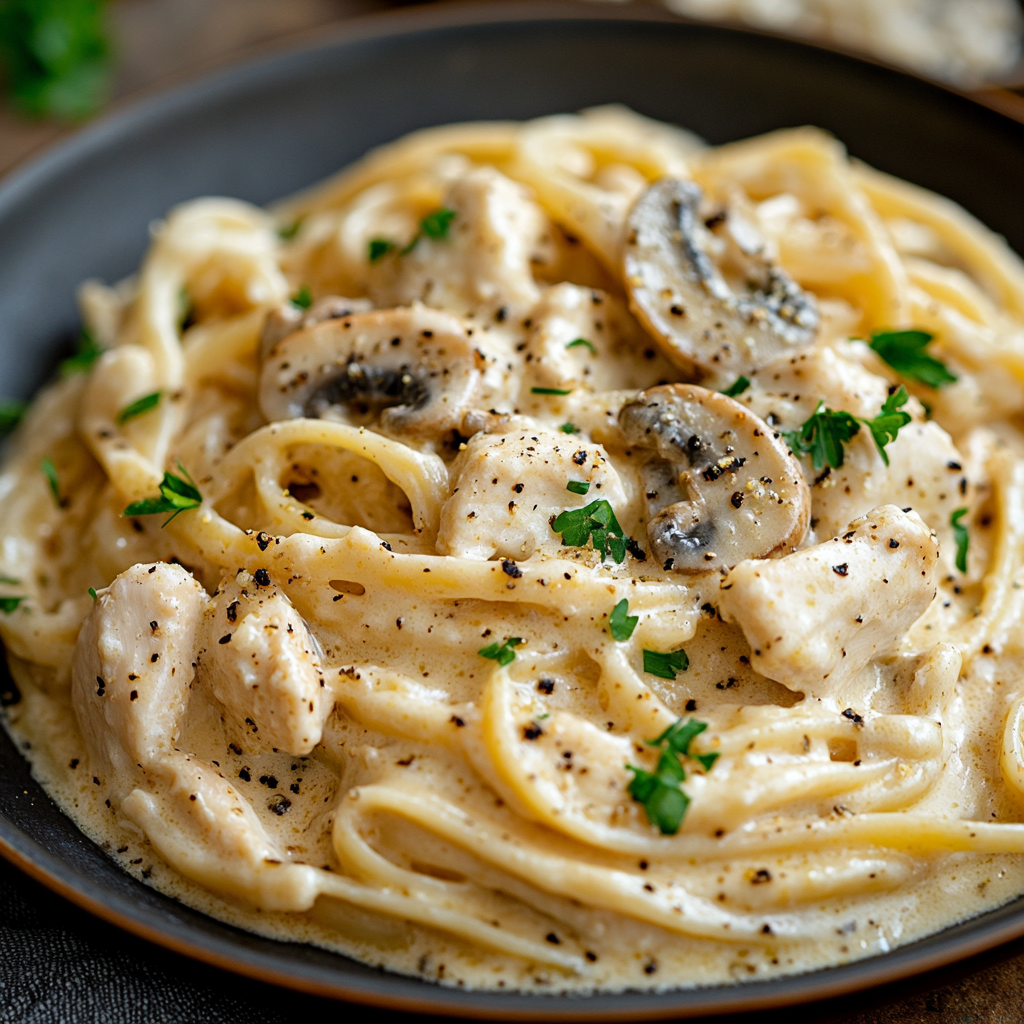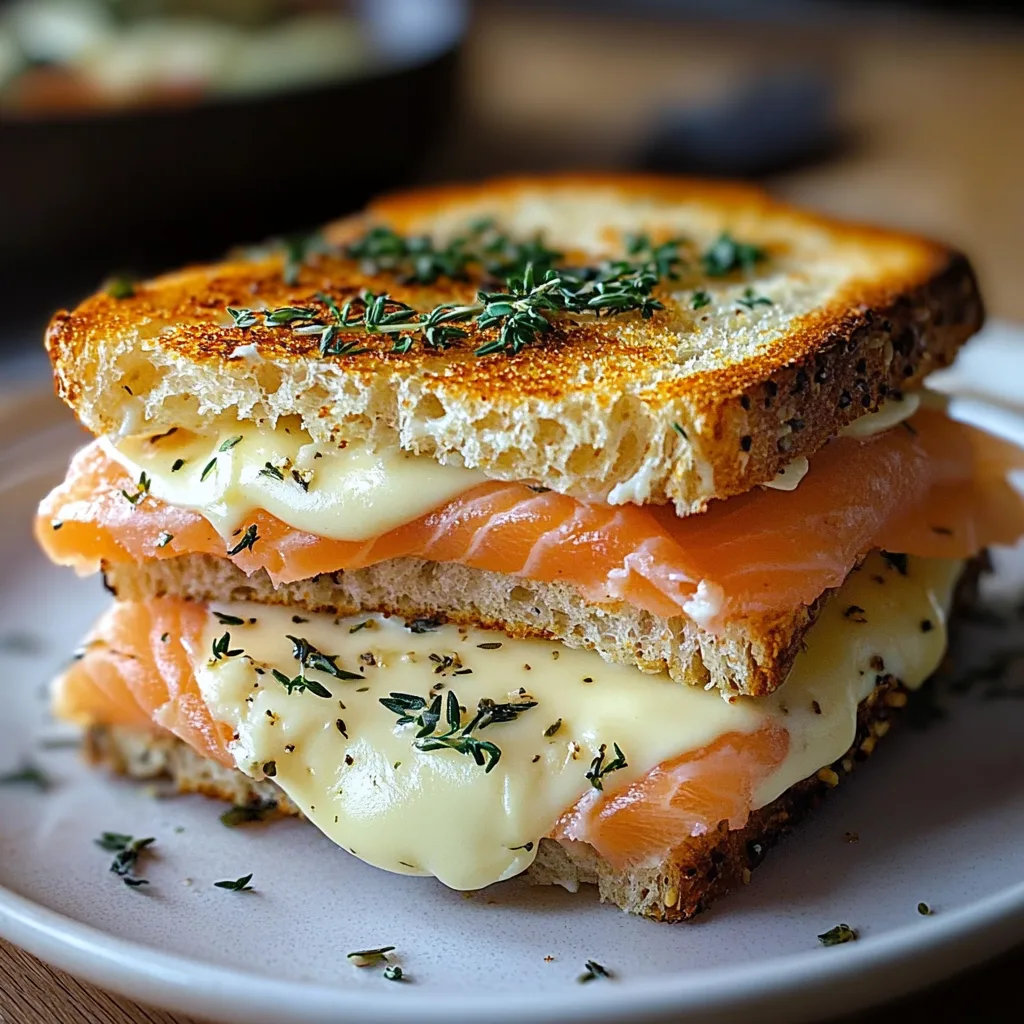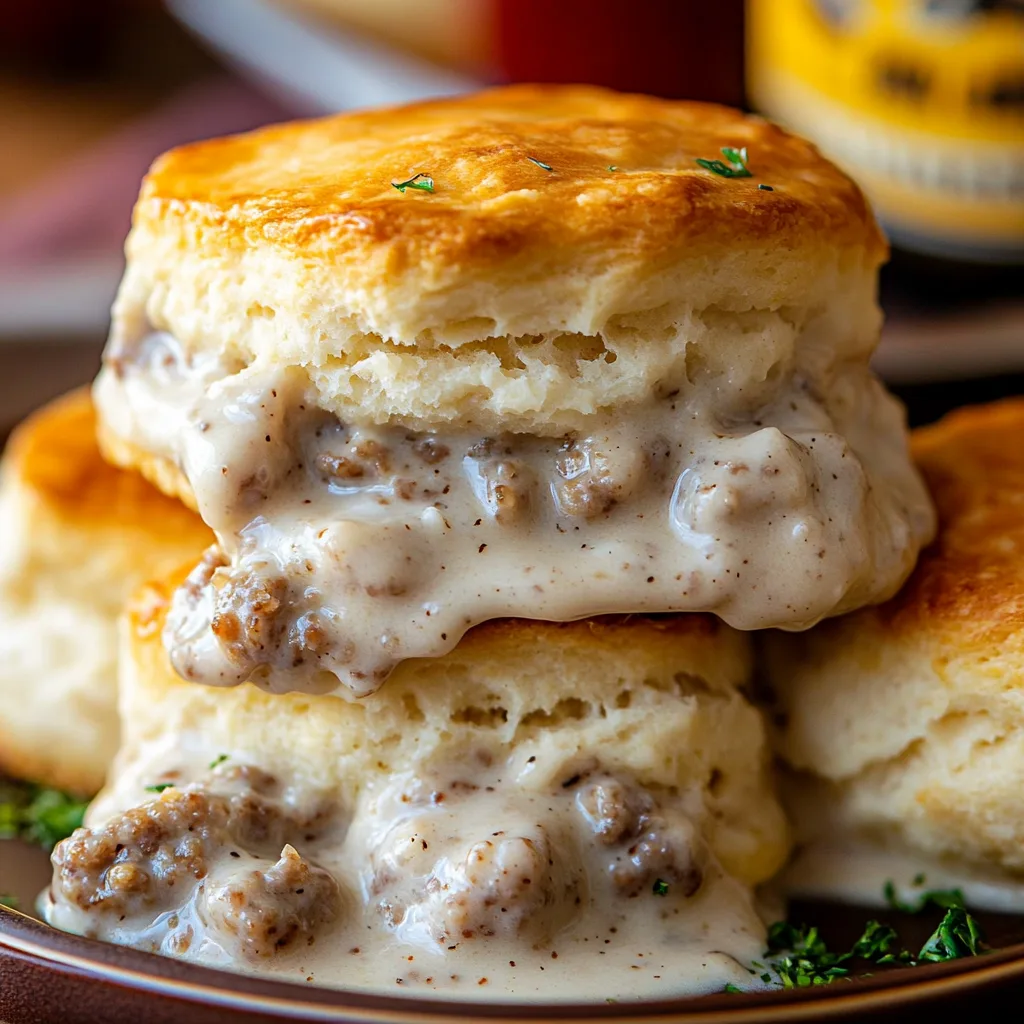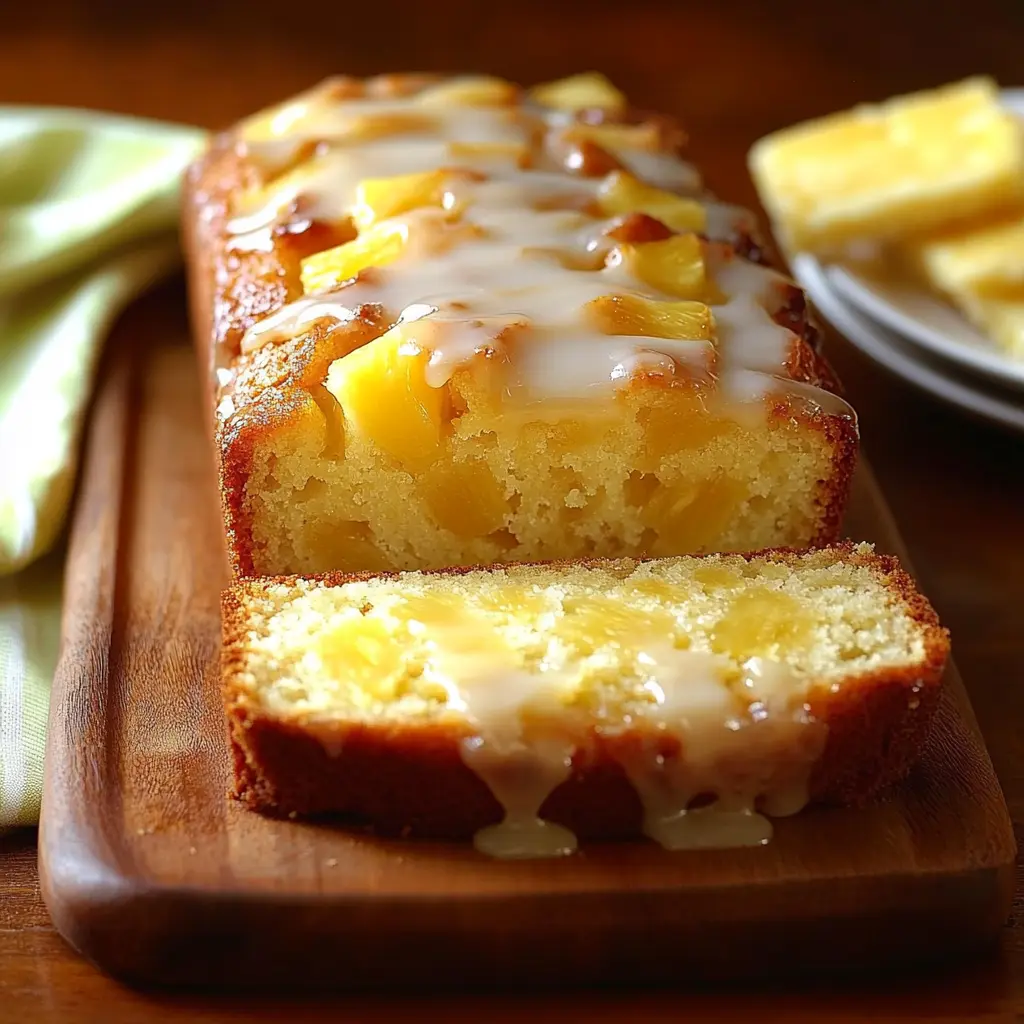Garbage Bread may sound like an odd or even unappetizing name, but it is quite the opposite! This delicious dish is essentially a stuffed bread filled with a mix of ingredients, often leftover meats, cheeses, and vegetables, all rolled up inside a dough base. Despite the quirky name, it’s incredibly versatile and is loved for its simplicity, ease of preparation, and the wide range of flavors it can incorporate.
The term “Garbage Bread” likely originates from the idea that you can use whatever ingredients you have on hand – including those odds and ends that might otherwise be discarded – to create a tasty, satisfying meal. Historically, it draws inspiration from other stuffed bread dishes like stromboli or calzone, but with a more flexible and creative twist. Over the years, Garbage Bread has gained popularity as a go-to dish for busy families and creative cooks who want to experiment with ingredients while minimizing food waste.
Today, Garbage Bread is celebrated for its ability to transform leftovers into a mouthwatering meal that works for breakfast, lunch, dinner, or even parties. Its adaptability and simplicity make it a perfect recipe for both beginners and seasoned home cooks. This article will walk you through the various aspects of making Garbage Bread, from selecting the right ingredients to serving suggestions, ensuring you can make your own delicious version at home.
What is Garbage Bread?
Garbage Bread is essentially a rolled and baked loaf of dough stuffed with a variety of fillings such as meats, cheeses, vegetables, and sauces. Unlike other bread recipes, its distinguishing feature is the flexibility in what you can use to fill it. Whether you’re craving something cheesy, meaty, or vegetarian, Garbage Bread allows you to combine different ingredients to create a flavor-packed meal.
The foundation of Garbage Bread is typically pizza dough, although some recipes use homemade or store-bought bread dough as well. Once the dough is rolled out, it becomes a blank canvas for any combination of ingredients, making it a great way to use up leftovers or customize a meal based on personal preferences.
Another aspect that sets Garbage Bread apart is its versatility. It can be made in countless variations, depending on what’s available in your kitchen. Some people opt for hearty combinations like pepperoni and cheese, while others create veggie-packed versions with spinach, mushrooms, and roasted peppers. Whether you lean toward a meaty, cheesy creation or a lighter, vegetarian option, Garbage Bread adapts to your taste buds and offers something for everyone.
Ingredients for Garbage Bread
One of the best things about Garbage Bread is the variety of ingredients you can use to fill it. Here’s a breakdown of the typical ingredients that make Garbage Bread such a delicious and customizable dish:
- Dough Options: The base of Garbage Bread is most commonly pizza dough, which can be homemade or store-bought. If you’re short on time, refrigerated pizza dough from the grocery store works perfectly. Some people also use crescent roll dough or bread dough for a different texture.
- Meat Options: Meats add heartiness to Garbage Bread. Popular choices include pepperoni, sausage, ham, bacon, and even grilled chicken. You can use a single type of meat or combine several for a protein-packed filling.
- Cheese Options: Cheese is an essential component, giving Garbage Bread its gooey, rich texture. Mozzarella is the most popular choice, but cheddar, provolone, and Parmesan can also be added for extra flavor. A blend of different cheeses adds complexity to the dish.
- Vegetable Options: Adding vegetables helps balance the richness of the meats and cheeses. Common choices include bell peppers, onions, spinach, mushrooms, and olives. Roasted or sautéed vegetables can add depth of flavor, and they are a great way to sneak some veggies into a family-friendly meal.
- Sauces: Sauce is optional but can elevate the flavors in Garbage Bread. Marinara sauce, ranch dressing, or even garlic butter can be spread inside before adding the fillings or served on the side for dipping.
- Seasoning Options: Seasoning your Garbage Bread adds layers of flavor. Italian seasoning, garlic powder, red pepper flakes, and fresh herbs like basil or parsley are great additions. A sprinkle of Parmesan or garlic salt on the outside of the dough before baking adds a delicious crust.
Step-by-Step Guide to Making Garbage Bread
Making Garbage Bread is relatively simple, but following a step-by-step guide ensures the perfect loaf every time. Here’s how to make your own Garbage Bread:
- Prepare the Dough: Start by rolling out your pizza dough on a lightly floured surface. Roll it into a rectangle, about 1/4 inch thick. Make sure the dough is even to ensure consistent baking.
- Layer the Ingredients: Begin layering your chosen fillings evenly across the dough. Start with a layer of sauce (if using), followed by the meats, cheeses, and vegetables. Avoid overstuffing the dough, as it can lead to leaks or uneven baking.
- Roll and Seal the Bread: Once the ingredients are laid out, carefully roll the dough from one long side to the other, similar to making a cinnamon roll. Pinch the seams and tuck the ends under to seal the loaf. If desired, brush the top with an egg wash or melted butter to help achieve a golden-brown crust.
- Bake the Bread: Preheat your oven to 375°F (190°C). Place the rolled bread seam-side down on a parchment-lined baking sheet. Bake for 25-30 minutes or until the bread is golden brown and the inside is bubbly and heated through. For a crispy finish, bake it for a few extra minutes.
- Let it Rest and Slice: Once the Garbage Bread is baked, allow it to rest for about 10 minutes before slicing. This ensures that the fillings settle, making it easier to cut and serve.
Common Mistakes to Avoid:
- Overstuffing: Too many ingredients can make it difficult to roll and seal the bread, leading to leaks.
- Underbaking: Make sure the dough is cooked through and golden brown to avoid a soggy interior.
For those who like to plan ahead, Garbage Bread can also be made in advance. Simply roll, stuff, and freeze it before baking. When you’re ready to serve, bake it directly from frozen, adding a few extra minutes to the cooking time.
Popular Garbage Bread Fillings and Combinations
Garbage Bread’s beauty lies in its adaptability. Here are some popular combinations of fillings that you can try:
- Classic Pepperoni and Cheese: A fan favorite, this combination is inspired by pizza. Use pepperoni, mozzarella cheese, and a little marinara sauce for a timeless option.
- Buffalo Chicken with Blue Cheese: Shredded buffalo chicken with blue cheese or ranch dressing creates a spicy and tangy flavor perfect for game day.
- Philly Cheesesteak Garbage Bread: For a hearty option, use thinly sliced steak, provolone cheese, and sautéed onions and peppers to create a Philly cheesesteak-inspired version.
- Veggie Lovers’ Garbage Bread: Spinach, artichokes, mushrooms, and mozzarella create a lighter, vegetarian-friendly version that’s still packed with flavor.
- Breakfast Garbage Bread: Eggs, sausage, and cheese turn Garbage Bread into a perfect breakfast or brunch item.
For those who enjoy experimenting, drawing inspiration from different pizza flavors like BBQ chicken, Hawaiian, or supreme works well in Garbage Bread too. Tailor it based on dietary preferences, like gluten-free or vegan options, and have fun exploring the endless combinations.
Tips for Serving Garbage Bread
Garbage Bread can be served in several ways, making it a versatile dish for any occasion. Depending on your event or meal, you can choose to:
- Slice it into sections: After baking, slice the Garbage Bread into thick slices for a more substantial serving. This is ideal for casual dinners or as a main course.
- Cut it into bite-sized pieces: For parties or appetizers, cut the bread into smaller, bite-sized portions. These pieces are easy to handle and perfect for a crowd.
- Serve it as a full loaf: If you prefer a more rustic presentation, you can place the entire loaf on a serving board and let guests slice it themselves.
Pairing your Garbage Bread with the right dipping sauces can elevate the experience. Some popular options include:
- Marinara Sauce: A classic choice, especially for pizza-inspired versions of Garbage Bread.
- Ranch Dressing: Works particularly well with buffalo chicken or veggie variations.
- Garlic Butter: Rich and savory, garlic butter enhances the flavor of meaty or cheesy breads.
To round out the meal, consider serving Garbage Bread with complementary side dishes like:
- Fresh salads: A light Caesar or mixed greens salad balances the richness of the bread.
- Hearty soups: Tomato basil or minestrone soups pair well with Garbage Bread, providing a comforting combination.
These serving suggestions make Garbage Bread a flexible dish for any occasion, from casual weeknight dinners to more elaborate gatherings.
Why Garbage Bread is the Perfect Party Food
Garbage Bread is an ideal choice for party food due to its crowd-pleasing nature and adaptability. Here’s why it works so well for gatherings:
- Versatility: With endless filling combinations, you can create different versions of Garbage Bread to suit a variety of tastes. From cheesy and meaty to veggie-packed options, there’s something for everyone.
- Convenience: Garbage Bread can be made in advance, making it perfect for busy hosts. Simply prepare the bread, bake it, and store it until you’re ready to serve. It also freezes well, so you can have a stash ready for impromptu events.
- Crowd-Pleasing Appeal: Whether it’s for game days, potlucks, or casual dinners with friends, Garbage Bread is a guaranteed hit. Its familiar flavors and easy-to-eat format make it an excellent choice for serving to a group.
- Adaptability: Garbage Bread works for different types of events. For casual dinners, serve it as the main course alongside simple sides. For larger gatherings, slice it into smaller portions or create a DIY station where guests can customize their own Garbage Bread with a variety of fillings and toppings.
Storing and Reheating Garbage Bread
Garbage Bread can be stored and reheated easily, making it perfect for meal prepping or enjoying leftovers. Here’s how to keep your bread fresh and tasty:
- Storing Leftovers: Wrap any leftover Garbage Bread tightly in aluminum foil or place it in an airtight container. Store it in the refrigerator for up to 3-4 days.
- Freezing: Garbage Bread can also be frozen for longer storage. Wrap the bread in plastic wrap followed by aluminum foil, or place it in a freezer-safe bag. It can be frozen for up to 2 months. To reheat, thaw it in the fridge overnight before reheating in the oven.
- Reheating Tips: To maintain the crispy texture, it’s best to reheat Garbage Bread in the oven. Preheat the oven to 350°F (175°C) and heat the bread for 10-15 minutes until warmed through. For smaller portions, the microwave works as well, but be mindful that the bread may lose some of its crispness. If reheating in a microwave, place a damp paper towel over the bread to prevent it from drying out.
- Keeping it Crispy: To ensure the crust stays crispy after reheating, avoid reheating Garbage Bread in the microwave for too long. The oven is the best option for a crisp exterior and a soft interior.
FAQs about Garbage Bread
What is the best type of dough to use for Garbage Bread?
Pizza dough is the most commonly used dough for Garbage Bread. It’s sturdy enough to hold the fillings and bakes up with a perfect combination of crispy exterior and soft interior. Store-bought or homemade pizza dough both work well.
Can I make Garbage Bread gluten-free?
Yes, you can make a gluten-free version by using gluten-free pizza dough. Many stores carry pre-made gluten-free dough, or you can make your own from scratch. Just be sure to choose gluten-free fillings if necessary.
How do I avoid my bread getting soggy?
To prevent sogginess, make sure your ingredients, especially vegetables and sauces, are not overly wet. Pat veggies dry and don’t overuse sauces. Additionally, you can bake the bread slightly longer to ensure it is cooked through and crispy.
How long can I keep Garbage Bread in the fridge or freezer?
Garbage Bread can be stored in the fridge for up to 3-4 days. If you plan to freeze it, Garbage Bread can last up to 2 months in the freezer if properly wrapped.
What are some healthy filling options for Garbage Bread?
For a lighter version of Garbage Bread, try using lean meats like turkey or chicken, low-fat cheeses, and plenty of vegetables. You can also skip the cheese altogether or use a smaller amount for a healthier option.
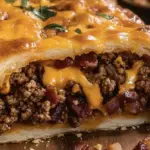
Garbage Bread
Description
Garbage Bread is a deliciously customizable stuffed bread, perfect for using up leftovers or combining your favorite ingredients into a tasty, shareable dish. It features pizza dough as the base, which is rolled and filled with meats, cheeses, vegetables, and sauces before being baked to golden perfection. This versatile dish can be sliced and served as an appetizer, snack, or even a full meal. Whether you’re preparing it for a casual weeknight dinner, a game day gathering, or a potluck, Garbage Bread is sure to be a hit with family and friends.
Ingredients
- 1 lb ground beef, cooked and crumbled
- 1/2 cup diced onion
- 1/4 tsp salt
- 1/4 tsp pepper
- 11 oz tube of Pillsbury refrigerated French bread dough
- 1/3 cup ketchup
- 3 tbsp mustard
- 6 slices cooked bacon, crumbled (or 1 package bacon pieces)
- 2 dill pickle spears, chopped
- 8 slices American cheese
- 1 large egg, beaten
- 1 tbsp sesame seeds
- Thousand Island dressing (for serving)
Instructions
Preheat the Oven: First things first, preheat your oven to 350°F (175°C). Line a baking sheet with parchment paper or grease it with non-stick spray to prevent sticking.
Cook the Ground Beef: In a large skillet over medium heat, cook and crumble the ground beef with diced onions. Sprinkle in the salt and pepper for seasoning. Once the beef is fully cooked, drain the excess fat and set it aside. This forms the heart of your garbage bread filling.
Prepare the Dough: On a floured surface, roll out the French bread dough into a large rectangle. Make sure to leave a 1/2-inch border around the edges when spreading your ketchup and mustard on top of the dough. This will give it that tangy kick you want in every bite.
Add the Fillings: Now, it’s time to layer up! Evenly distribute the beef and onion mixture over the dough. Add the crumbled bacon and chopped pickles, then place your American cheese slices over the top. The cheese is the glue that holds everything together!
Roll the Dough: Starting from one long side, carefully roll the dough into a log. Tuck in the filling as you roll, pinching the seams to seal it all in. Place the log seam-side down on the prepared baking sheet.
Brush and Bake: Brush the top of the dough with your beaten egg, then sprinkle sesame seeds over it for that extra crunch. Bake in the preheated oven for 20–25 minutes or until the bread is golden brown and baked to perfection.
Cool and Serve: Let the bread cool for at least 5 minutes before slicing it into individual portions. Serve with Thousand Island dressing on the side for dipping—it’s a game-changer!
Notes
- Dough Options:
You can use store-bought pizza dough, homemade dough, or even crescent roll dough for a lighter, flakier version. Make sure to roll the dough thinly and evenly to ensure proper baking. - Filling Ideas:
Garbage Bread is incredibly versatile, allowing you to use whatever ingredients you have on hand. Classic combinations include pepperoni and mozzarella, buffalo chicken with blue cheese, or a veggie version with spinach and mushrooms. Be creative with your fillings, but avoid overstuffing to prevent leaks. - Seasonings:
Adding garlic powder, Italian seasoning, or even a sprinkle of red pepper flakes to your fillings or on top of the dough before baking enhances the flavor profile. Don’t forget a brush of melted butter or egg wash on top for an extra golden crust. - Cooking Time:
Make sure the Garbage Bread bakes long enough to ensure the dough is fully cooked. Typically, it takes about 25-30 minutes at 375°F, but check for a golden-brown crust and bubbling cheese inside. - Serving Suggestions:
Garbage Bread can be served warm, sliced into individual portions. Pair it with marinara sauce, ranch, or garlic butter for dipping. It’s great on its own or alongside a fresh salad or soup to balance out the meal. - Storage and Reheating:
Leftovers can be stored in the refrigerator for 3-4 days. Reheat in the oven to maintain the crispy texture or microwave for a quicker option (though it may soften the bread). You can also freeze unbaked or baked Garbage Bread for up to 2 months; just thaw and bake as needed. - Customization:
Feel free to adjust the ingredients based on dietary preferences. For a vegetarian version, skip the meats and load up on veggies and plant-based cheeses. To make it gluten-free, use gluten-free pizza dough.






